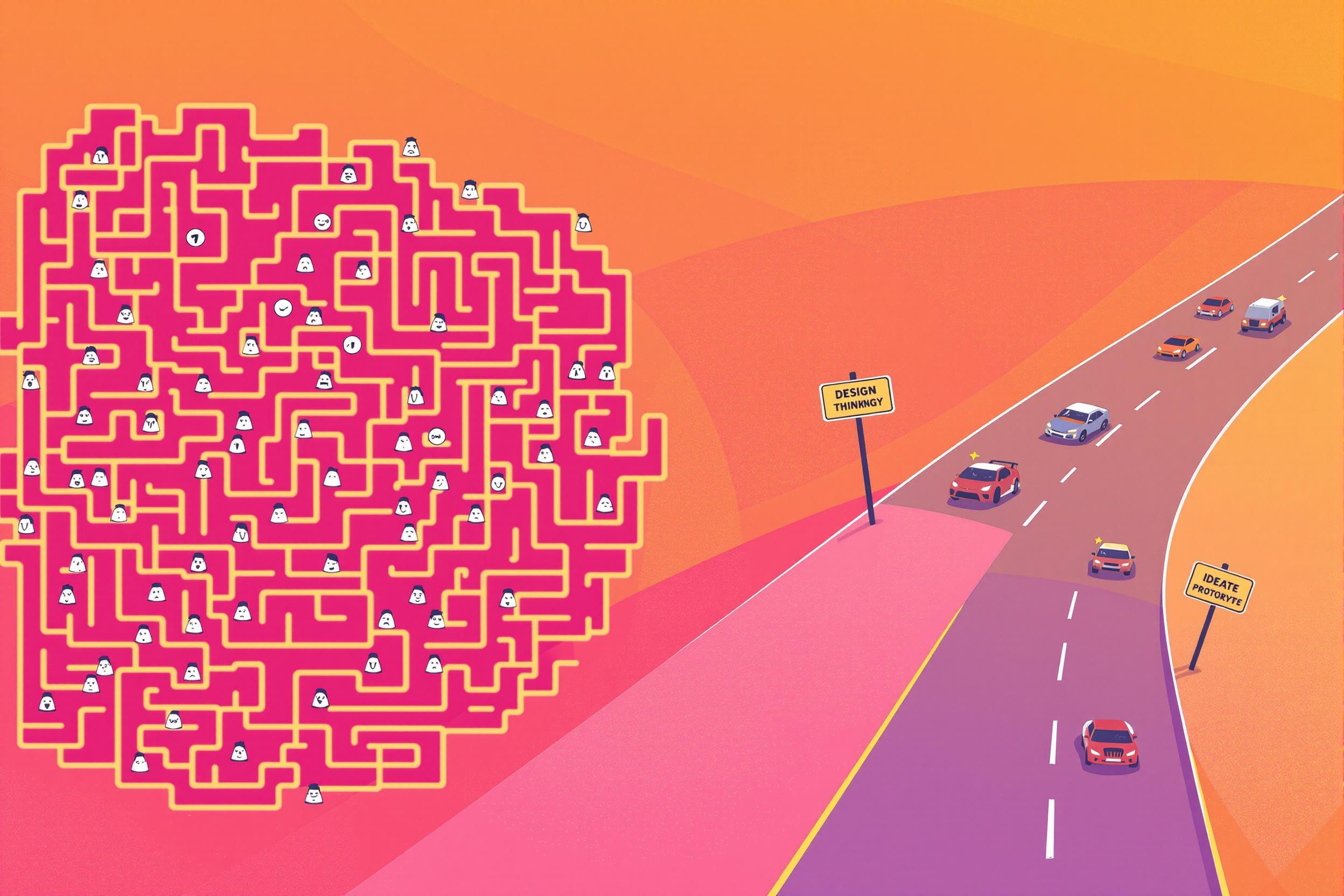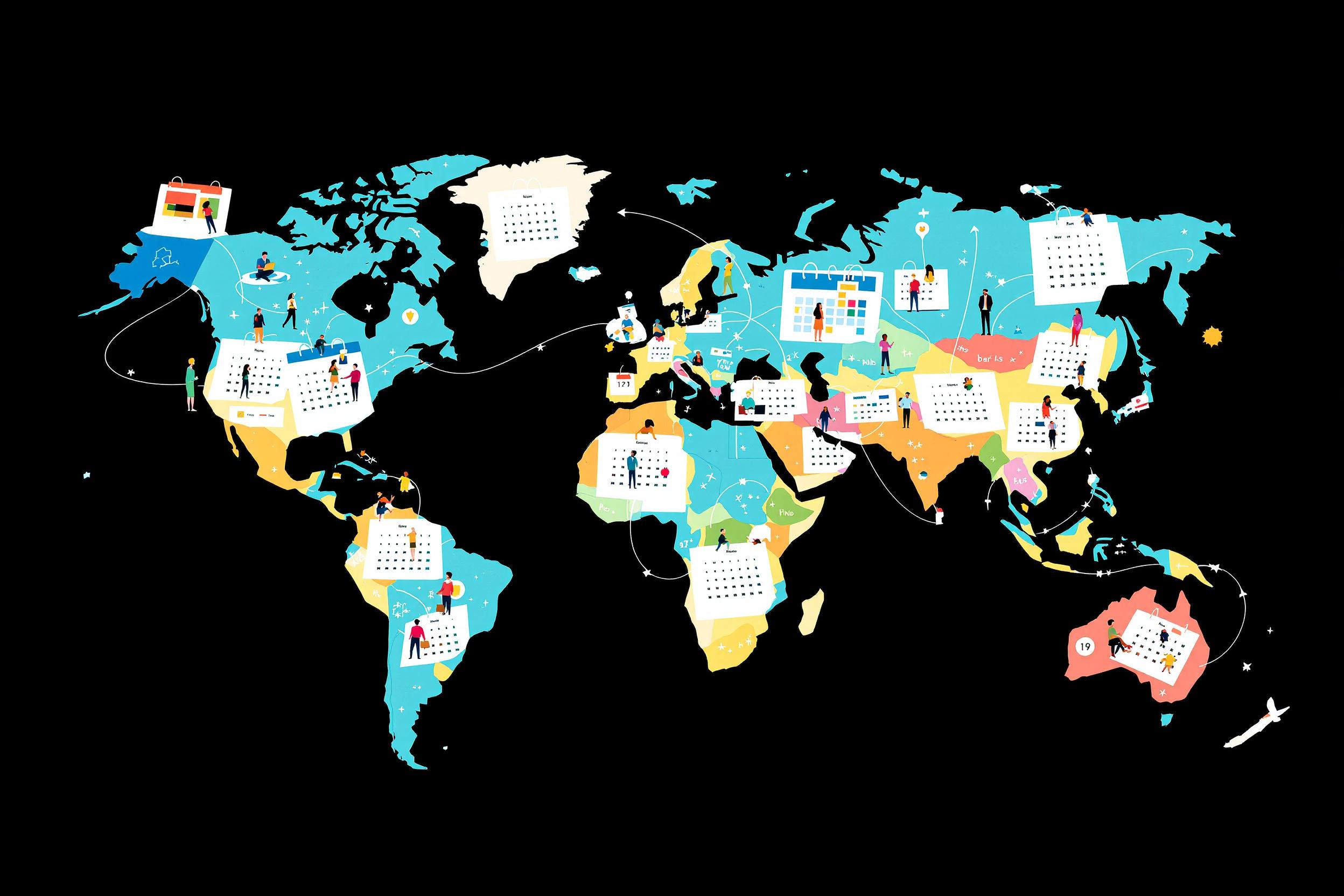
Set Designer
A Set Designer is a creative professional who plans and designs the physical environment where performances take place on stage. They create the visual world of a production by designing the scenery, backdrops, and physical elements that actors interact with. Think of them as architects for the stage - they decide what the audience sees when they look at the stage, from grand opera halls to intimate theater spaces. They work closely with directors, costume designers, and lighting designers to create a cohesive look for productions. Some people might also call them "Scenic Designers" or "Stage Designers," but they all mean the same thing.
Examples in Resumes
Created award-winning Set Design for regional opera company's production of La Bohème
Led team of craftspeople in executing Set Designer vision for five major productions
Collaborated with directors as Set Designer and Scenic Designer for 12 seasonal productions
Managed $100,000 budget as principal Stage Designer for opera festival
Typical job title: "Set Designers"
Also try searching for:
Where to Find Set Designers
Professional Organizations
Job Boards
Professional Networks
Example Interview Questions
Senior Level Questions
Q: How do you manage a large-scale production with multiple set changes while staying within budget?
Expected Answer: A senior set designer should discuss budget planning, creative solutions for versatile set pieces, staff management, and experience with complex productions. They should mention ways to repurpose materials and coordinate with technical teams.
Q: Tell me about a time when you had to completely redesign a set due to unexpected constraints.
Expected Answer: Should demonstrate problem-solving abilities, flexibility, and leadership in crisis situations. Should include examples of quick thinking and ability to maintain artistic vision while adapting to new circumstances.
Mid Level Questions
Q: How do you collaborate with lighting designers and costume designers?
Expected Answer: Should explain the importance of coordination with other departments, understanding how different design elements work together, and experience in collaborative creative processes.
Q: What is your process for creating scale models and technical drawings?
Expected Answer: Should describe their design process from concept to execution, including sketching, model making, and creating detailed construction plans that stagehands can understand and build from.
Junior Level Questions
Q: What software tools do you use in your design process?
Expected Answer: Should be familiar with basic design software and traditional drawing/sketching methods. Should show understanding of how to present ideas to directors and production teams.
Q: How do you research historical periods for period-specific productions?
Expected Answer: Should demonstrate knowledge of historical research methods, attention to detail, and understanding of how to adapt historical elements to modern stage requirements.
Experience Level Indicators
Junior (0-2 years)
- Basic drafting and model making
- Understanding of stage terminology
- Basic budgeting skills
- Computer design software knowledge
Mid (2-5 years)
- Advanced technical drawing
- Project management
- Material knowledge and sourcing
- Team coordination
Senior (5+ years)
- Complex production management
- Large budget handling
- Team leadership
- Innovation in design solutions
Red Flags to Watch For
- No portfolio or visual examples of previous work
- Lack of knowledge about basic stage terminology
- No experience with technical drawings or scale models
- Poor understanding of safety requirements and regulations
- Unable to work within budget constraints
Related Terms
Need more hiring wisdom? Check these out...

Why Your Hiring Process is a Maze (And How Design Thinking Can Turn It into a Superhighway)

Rewiring Your Interview Templates for Better Candidate Experience

Beyond Borders: Mastering the Art of a Global Onboarding Calendar

